Products Lineup
News / Blog
Other Menus
Product lineup:buddhist-paintings-or-calligraphy
-
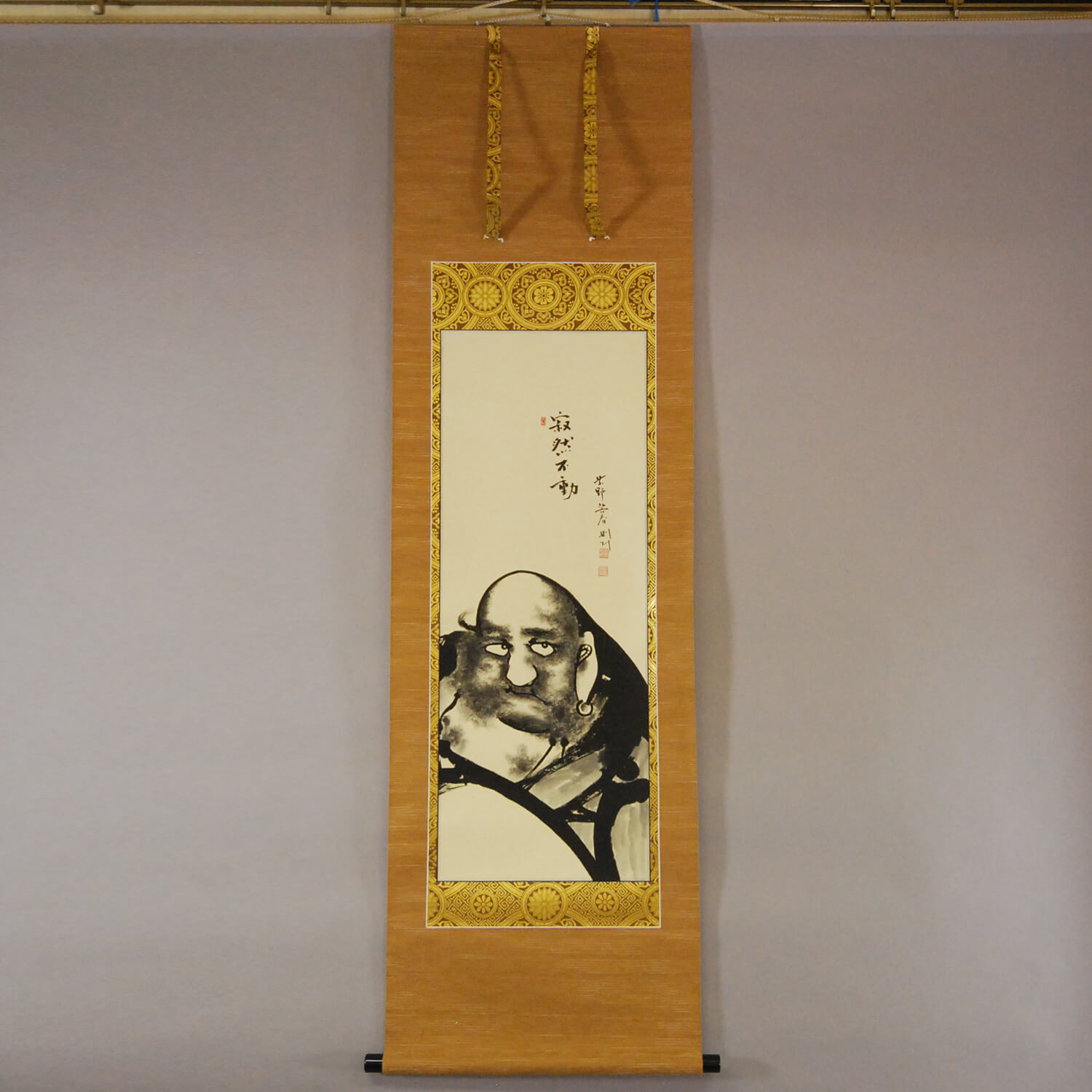 Product ID-0132
Kakejiku Hanging Scroll: Bodhidharma: Jakunen-fudou / Sokushū Akiyoshi
Daruma
Product ID-0132
Kakejiku Hanging Scroll: Bodhidharma: Jakunen-fudou / Sokushū Akiyoshi
Daruma
-
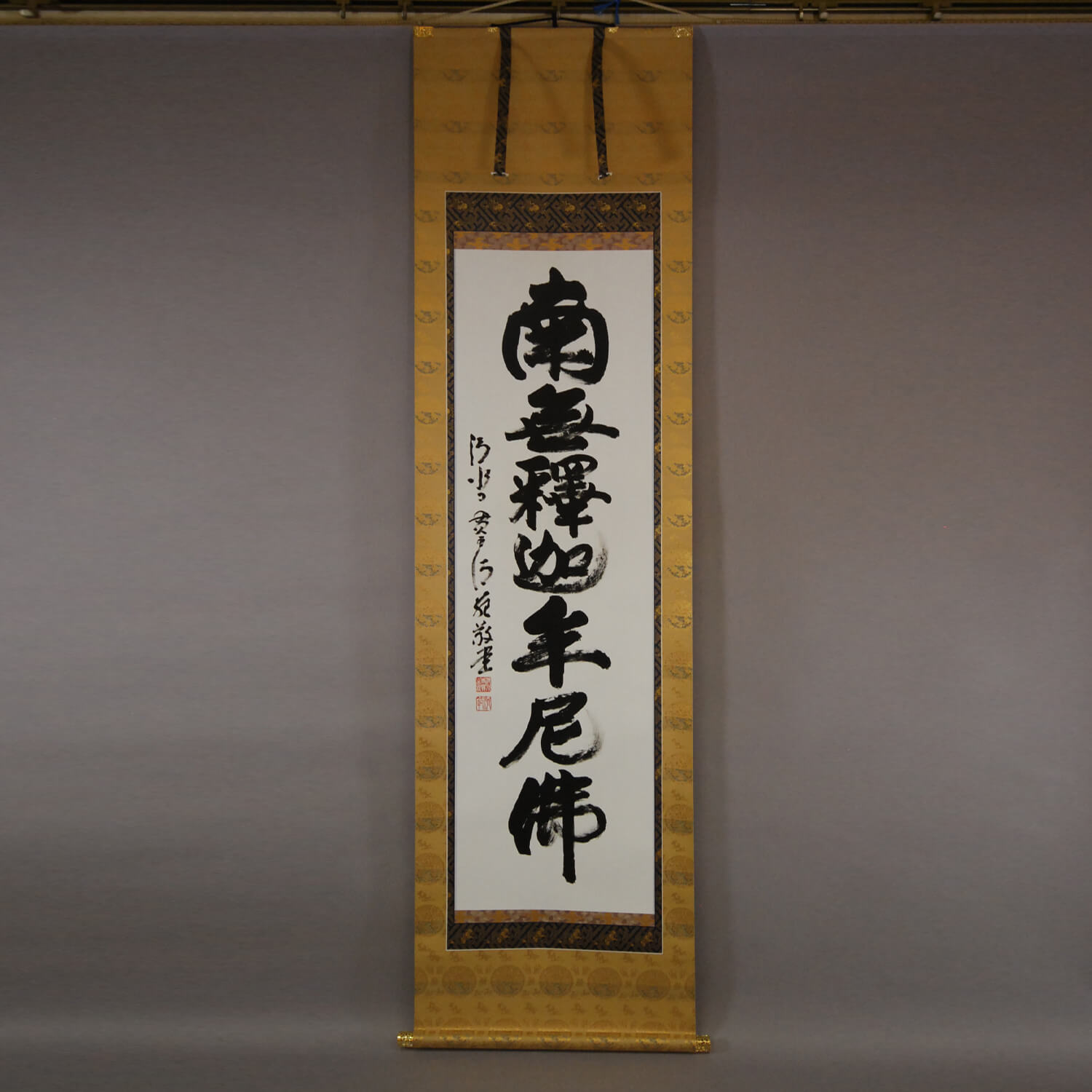 Product ID-0133
Kakejiku Hanging Scroll: Calligraphy: Namu-Shakamunibutsu / Seihan Mori
Namu-Shakamunibutsu
Product ID-0133
Kakejiku Hanging Scroll: Calligraphy: Namu-Shakamunibutsu / Seihan Mori
Namu-Shakamunibutsu
-
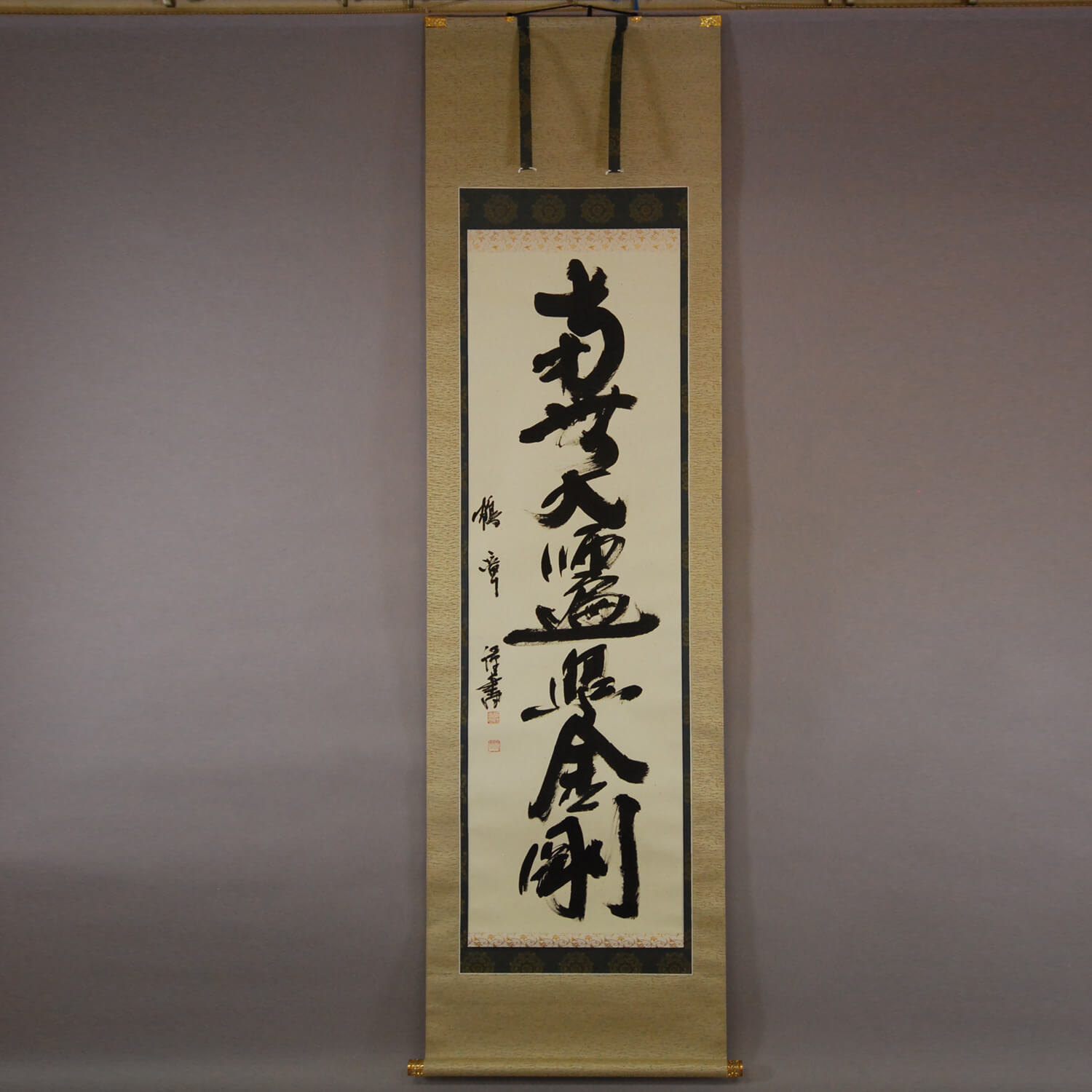 Product ID-0134
Kakejiku Hanging Scroll: Calligraphy: Namu-Daishi-Henjō-Kongō / Kakushou Kametani
Namu-Daishi-Henjō-Kongō
Product ID-0134
Kakejiku Hanging Scroll: Calligraphy: Namu-Daishi-Henjō-Kongō / Kakushou Kametani
Namu-Daishi-Henjō-Kongō
-
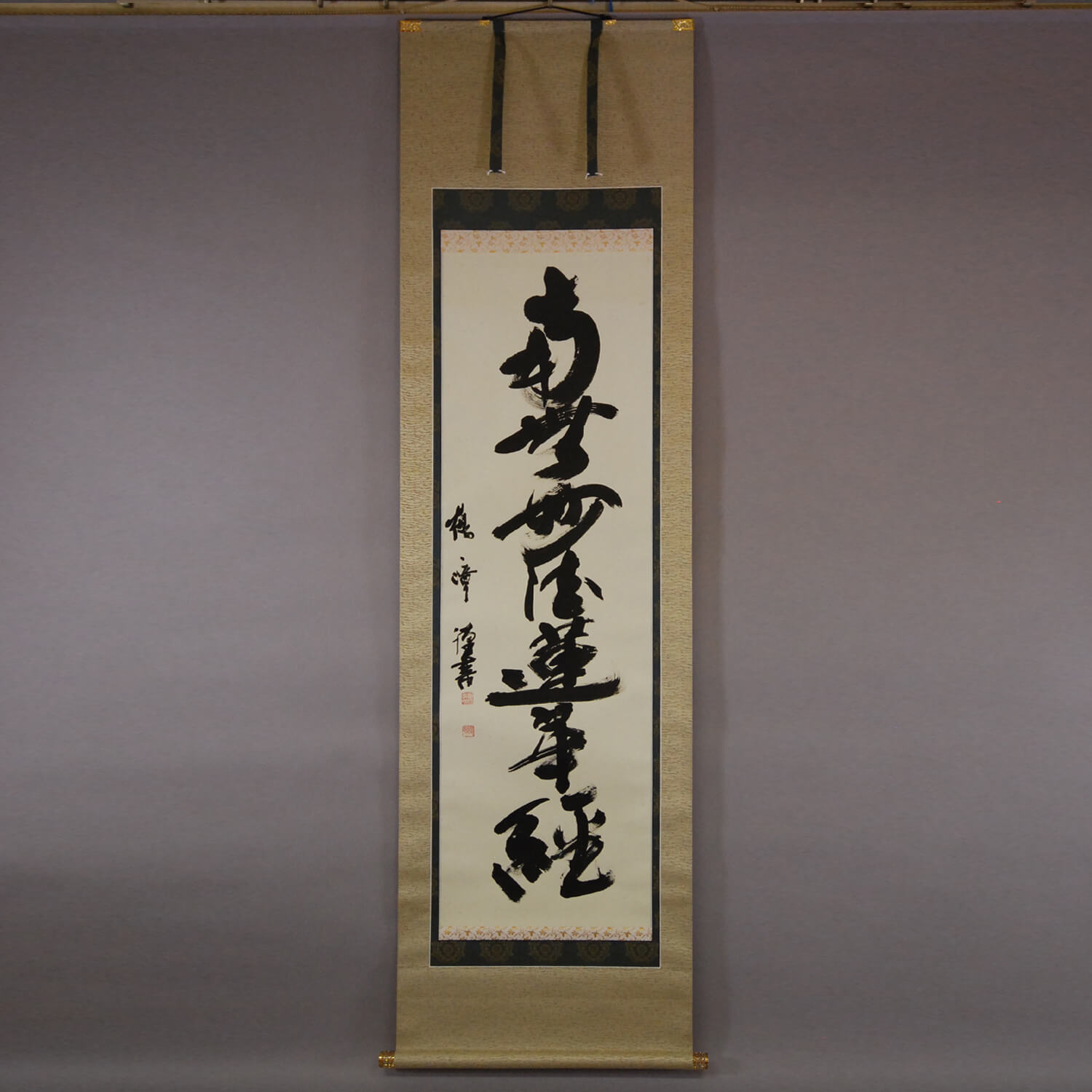 Product ID-0135
Kakejiku Hanging Scroll: Calligraphy: Namu-Myouhou-Rengekyou / Kakushou Kametani
Namu-Myouhou-Rengekyou
Product ID-0135
Kakejiku Hanging Scroll: Calligraphy: Namu-Myouhou-Rengekyou / Kakushou Kametani
Namu-Myouhou-Rengekyou
-
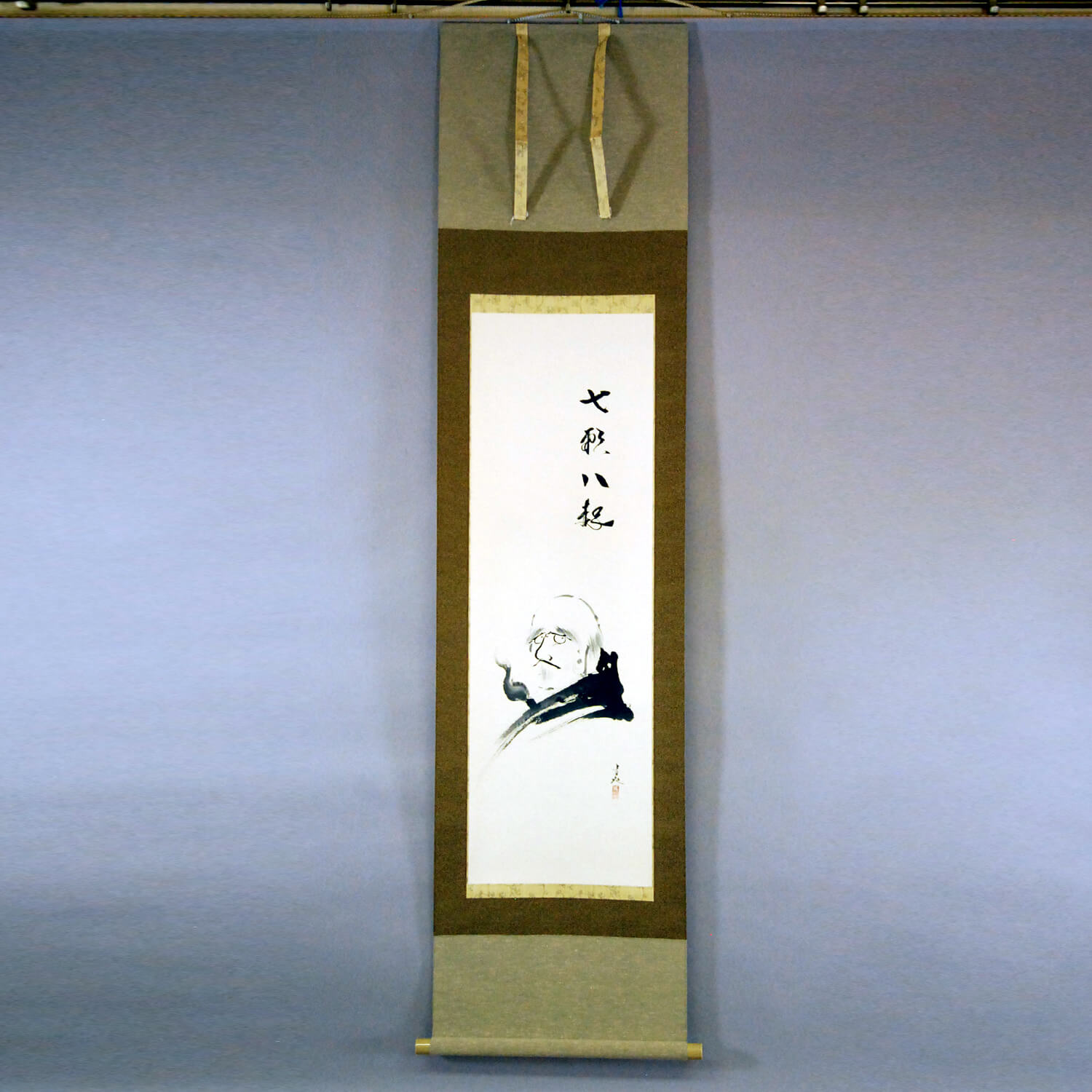 Product ID-0136
Kakejiku Hanging Scroll: Bodhidharma / Seika Tatsumoto
Daruma
Product ID-0136
Kakejiku Hanging Scroll: Bodhidharma / Seika Tatsumoto
Daruma
-
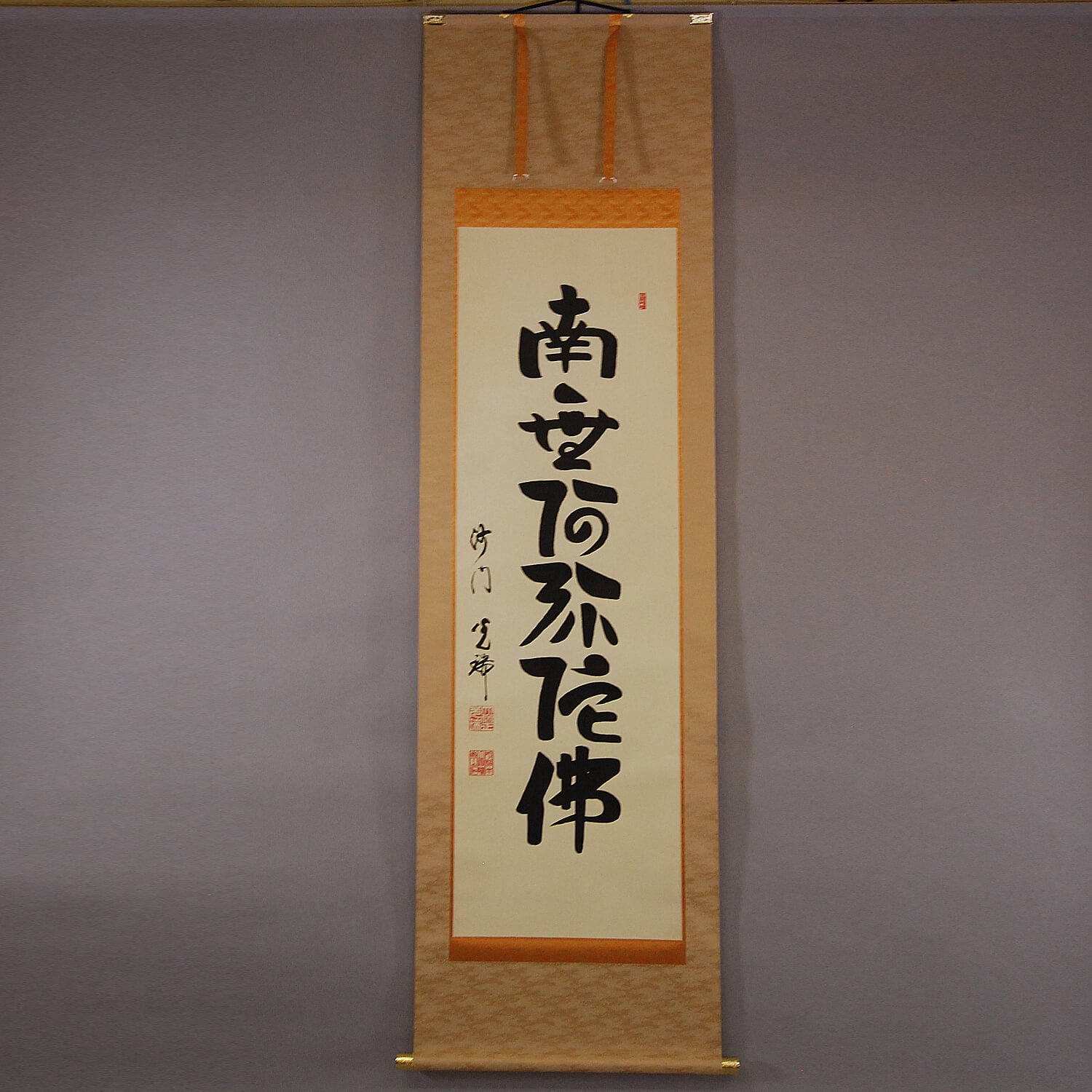 Product ID-0137
Kakejiku Hanging Scroll: Calligraphy: Namu-Amidabutsu / Kouzui Kubo
Namu-Amidabutsu
Product ID-0137
Kakejiku Hanging Scroll: Calligraphy: Namu-Amidabutsu / Kouzui Kubo
Namu-Amidabutsu
-
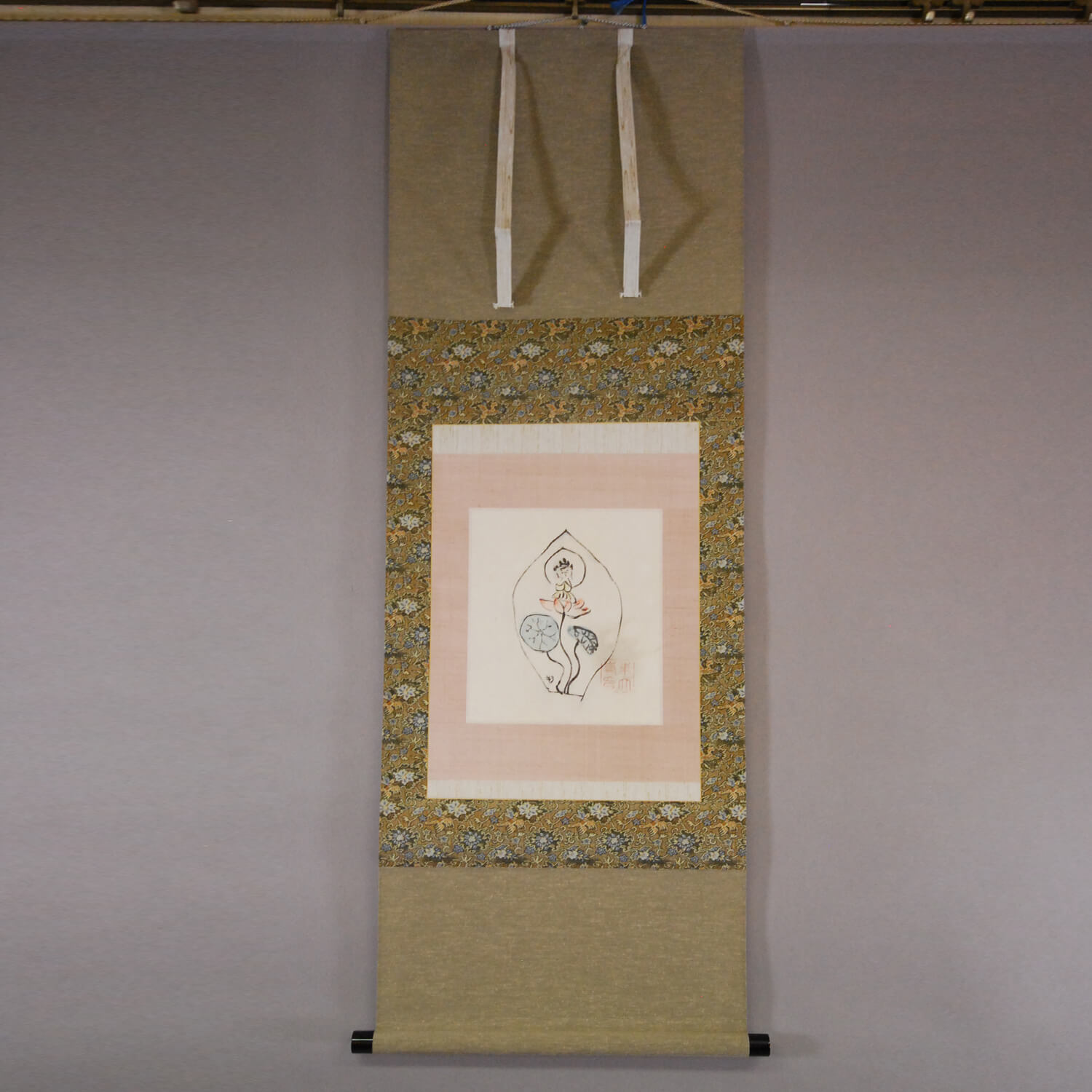 Product ID-0138
Kakejiku Hanging Scroll: Avalokitesvara: Lotus / Koushou Shimizu
Kanzeon-Bosatsu: Hasu
Product ID-0138
Kakejiku Hanging Scroll: Avalokitesvara: Lotus / Koushou Shimizu
Kanzeon-Bosatsu: Hasu
-
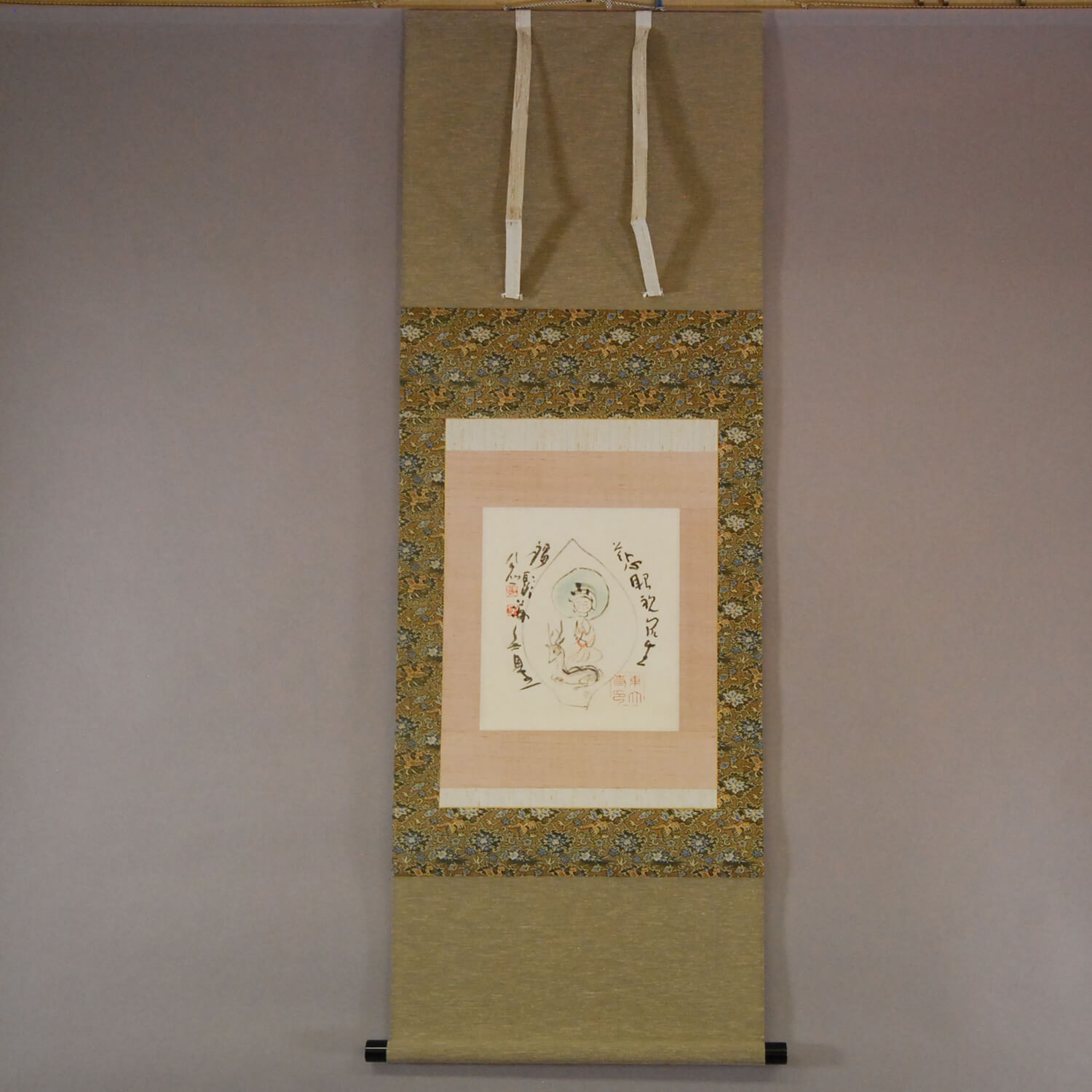 Product ID-0139
Kakejiku Hanging Scroll: Avalokitesvara: Deer / Koushou Shimizu
Kanzeon-Bosatsu: Shika
Product ID-0139
Kakejiku Hanging Scroll: Avalokitesvara: Deer / Koushou Shimizu
Kanzeon-Bosatsu: Shika
-
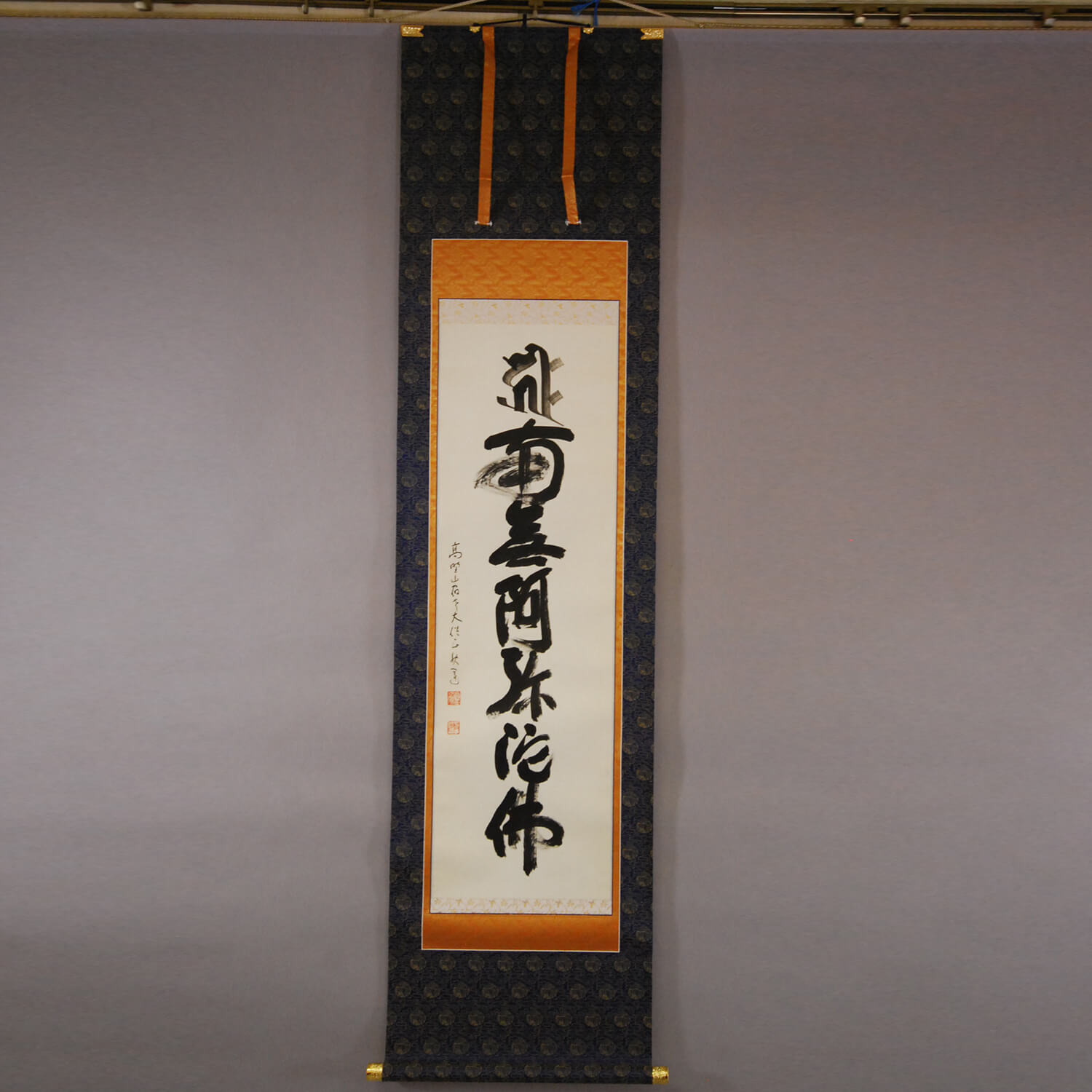 Product ID-0140
Kakejiku Hanging Scroll: Calligraphy: Namu-Amidabutsu / Tatebe Kaiun
Namu-Amidabutsu
Product ID-0140
Kakejiku Hanging Scroll: Calligraphy: Namu-Amidabutsu / Tatebe Kaiun
Namu-Amidabutsu
-
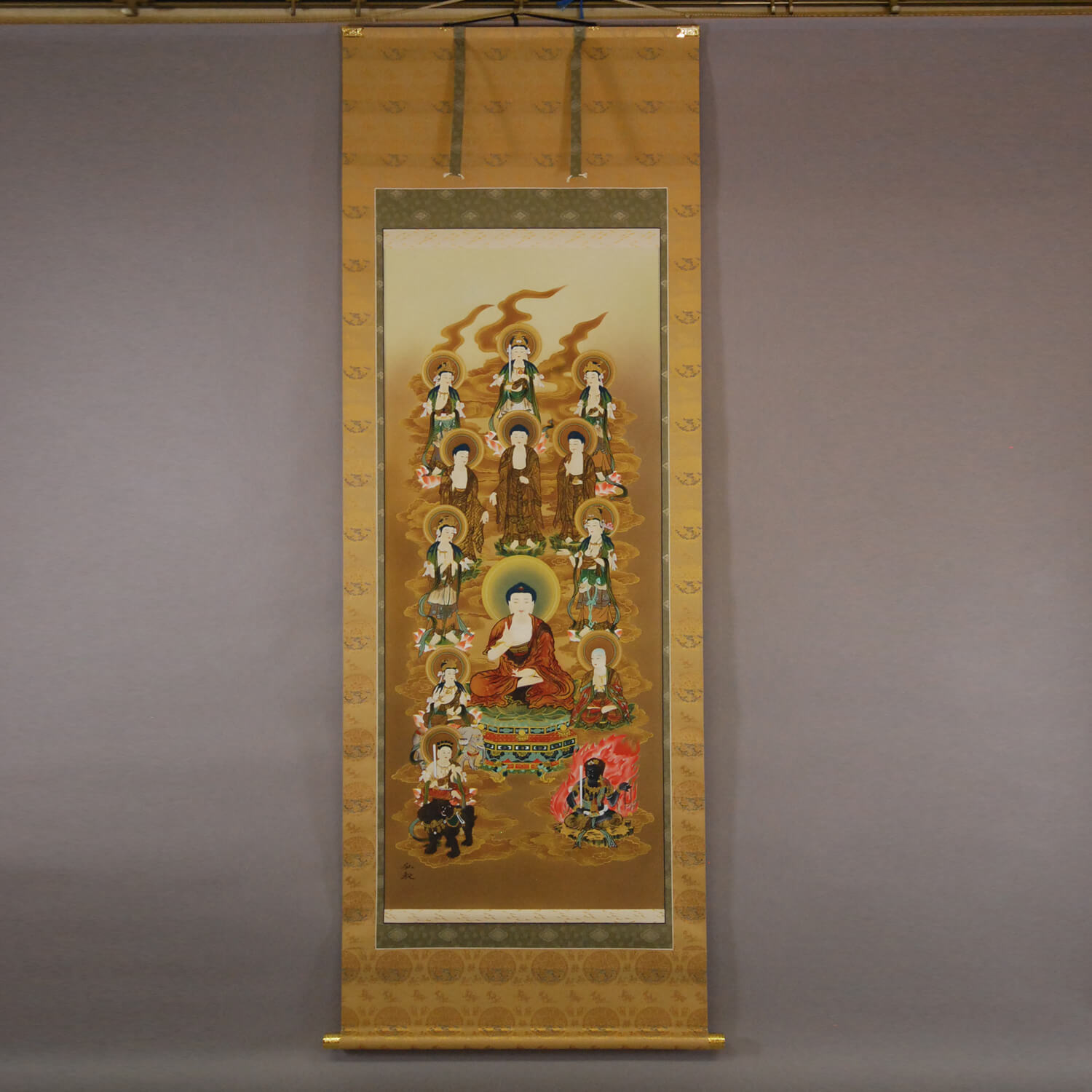 Product ID-0141
Kakejiku Hanging Scroll: 13 Buddhas / Hiroki Usui
Jūsan Butsu
Product ID-0141
Kakejiku Hanging Scroll: 13 Buddhas / Hiroki Usui
Jūsan Butsu
-
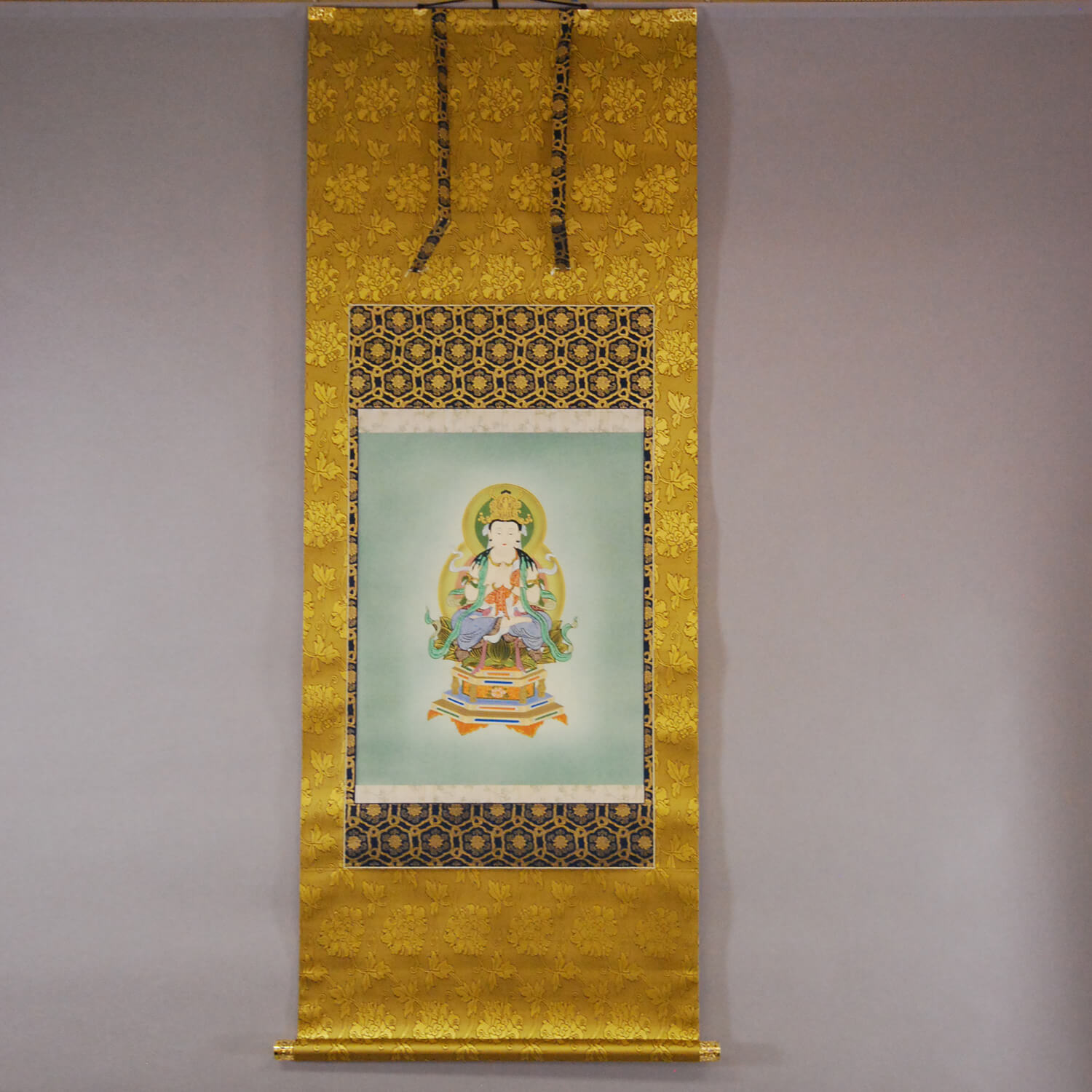 Product ID-0142
Kakejiku Hanging Scroll: Mahasthamaprapta / Shingo Tanaka
Seishi Bosatsu
Product ID-0142
Kakejiku Hanging Scroll: Mahasthamaprapta / Shingo Tanaka
Seishi Bosatsu
-
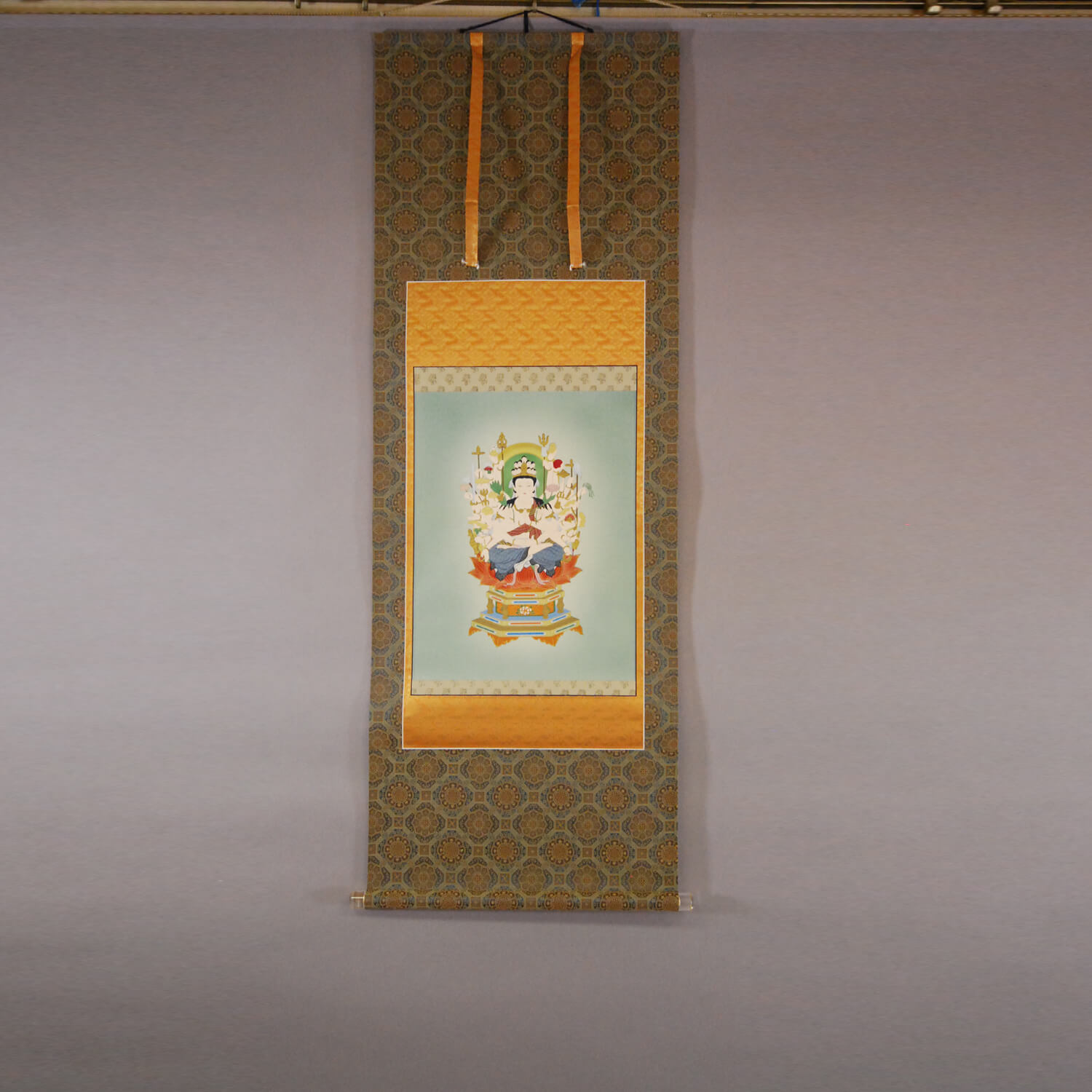 Product ID-0143
Kakejiku Hanging Scroll: Sahasrabhuja Aaryaavalokitezvara / Shingo Tanaka
Senju Kannon Bosatsu
Product ID-0143
Kakejiku Hanging Scroll: Sahasrabhuja Aaryaavalokitezvara / Shingo Tanaka
Senju Kannon Bosatsu
Contact Us
Please fill out the form below and submit for your inquiry.
Your privacy is important to us. We are committed to protecting your privacy.
(or press ESC or click the overlay)
CEO Message
(or press ESC or click the overlay)Our Feelings For Kakejiku
Company Profile
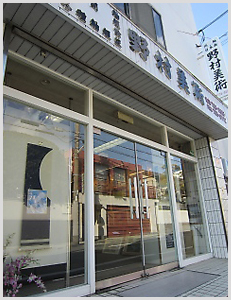
Name Art Nomura
President Tatsuji Nomura
Founded1973
Established1992
Address7-23 Babadori, Tarumi-ku, Kobe city,
Hyougo Prefecture, 655-0021, Japan
Capital10 million yen
URLhttp://nomurakakejiku.com
Our Business
Art Nomura is an art dealer which produces kakejiku (hanging scrolls). We mount many paintings and calligraphic works in kakejiku in my factory. Kakejiku are our main product. We also remount and repair old or damaged kakejiku. We share the traditional Japanese art of kakejiku with people all over the world.
(or press ESC or click the overlay)
Access Map
(or press ESC or click the overlay)Access Map
